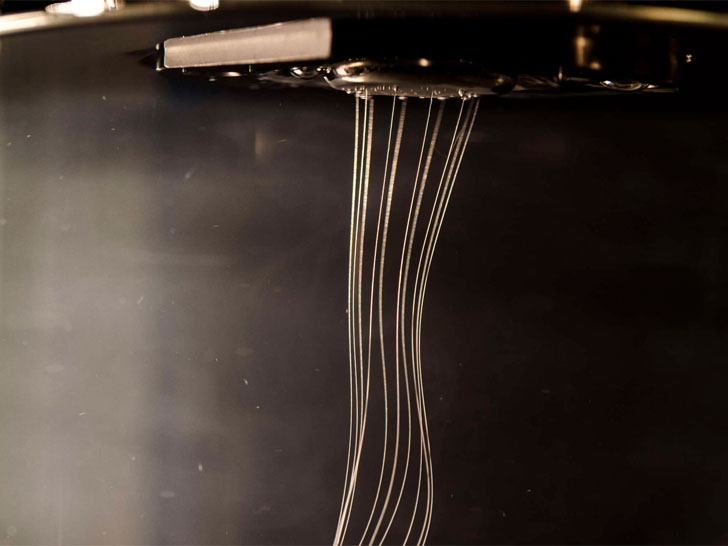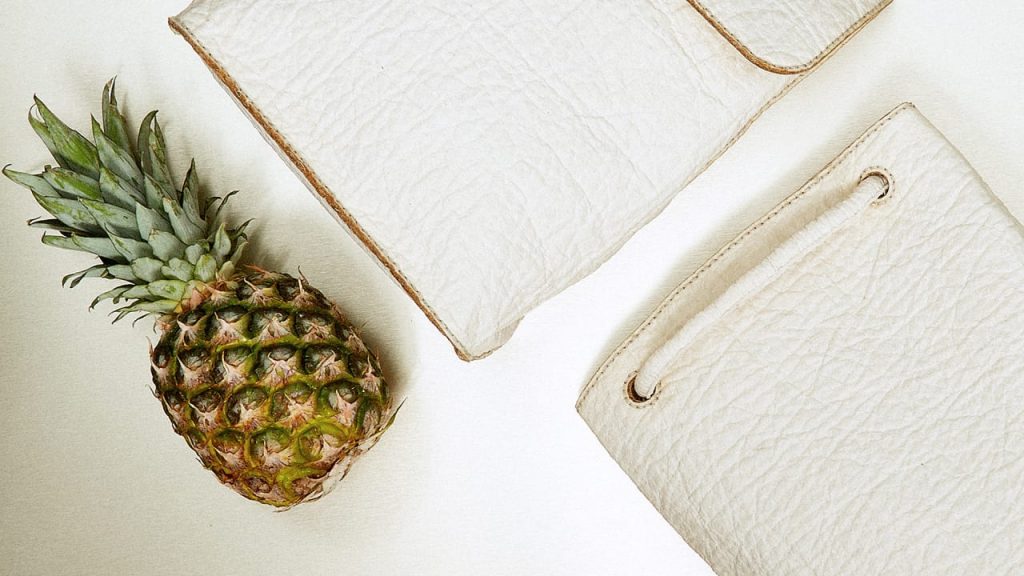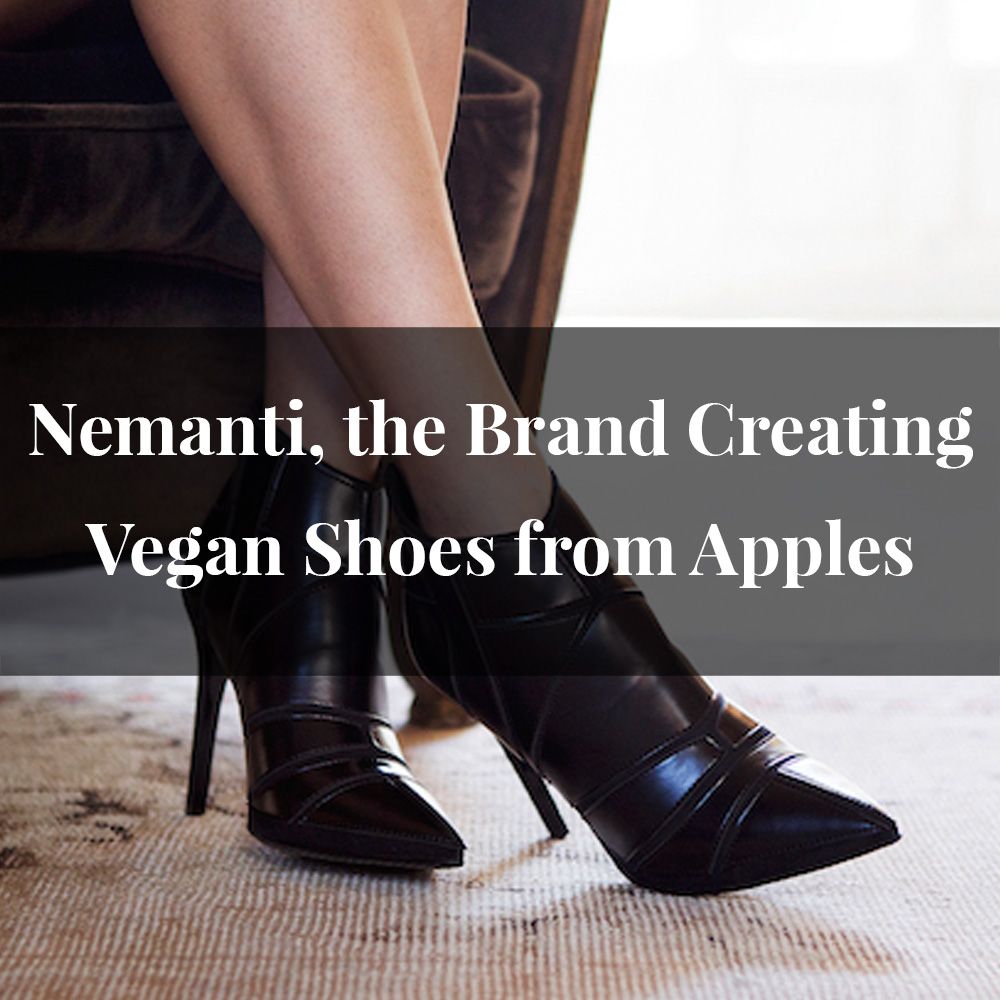In a recent blog we highlighted meat from plants. The high-fashion industry is also embracing plant-based materials, as explained in an article written by Richard Grassie in the FT Weekend magazine on December 15th, 2018.
Leading this revolution is manwear brand, Brave GentleMen. Its founder, Joshua Katcher, created the company in 2008 with a passion for high-end clothing that does not use animal products- not just animal skins and fur, but also silk (which can involve boiling and gassing 6,600 silkworm larvae per kg of silk), down (which is often plucked from live geese and ducks) and wool (where processes can include anaesthetic-free castration, and mulesing-the removal of skin from the rear quarters of a merino sheep to prevent fly strike).

In 2015, Brave GentleMen opened its first store in Brooklyn,New York, US. For double-breasted coats, it used 100 per cent recycled polycotton blends diverted from plastic waste stream and spun into yarn. The coats are lined with vegan “future silk” produced from a variety of polyesters, including plastic bottles.
Joshua Hatcher reported that he is looking forward to a day that he can use laboratory-grown leather in his collections. He said he is in talks with some bio-fabrication start-ups, deciding with to work with. Materials grown in the laboratory would offer a big solution to a great many problems. Laboratory-grown as well as fungi- and plant-based d materials such as mushrooms and pineapple are the future.
Californian technology company, Bolt Threads, is a leading innovator in laboratory-made leather and silk. After studying natural silk proteins, originally from spiders, it inserted genes into yeast and used fermentation process to produce an animal-free silk, which is spun into fibres. This method resulted in the company’s first commercial product in 2017, the limited edition Bolt spun tie.

The company has also produced the first consumer synthetic leather called Mylo, created by studying mycelium, the root structure of mushrooms, to give a mushroom-based leather-like material in a laboratory.

A number of other brands are also offering new alternatives to traditional animal products. Interesting innovations can be found among companies, many of them brands, using fibres from trees, fruits and fungi. One company, Pinatex, created a material from pineapple-leaf fibre. Apple cores, discarded by agribusiness industries, are used by Italian footwear company, Nemanti, for a range that includes a monkstrap weekend shoe.

Conclusion
Visionaries like Joshua Katcher and others have been leading the efforts to use plant-based materials for use in the high-fashion industry.According to the 2017 Pulse of the Fashion Industry report, leather, wool, silk and cotton are the top four materials whose production most damages the environment
We hope, as Joshua Katcher noted, one day all leather will be animal-free. For a long time, animals have been suffering to give us the high-fashion look and feel.
Note: We wish to thank the companies mentioned in the article for permission to use the images.